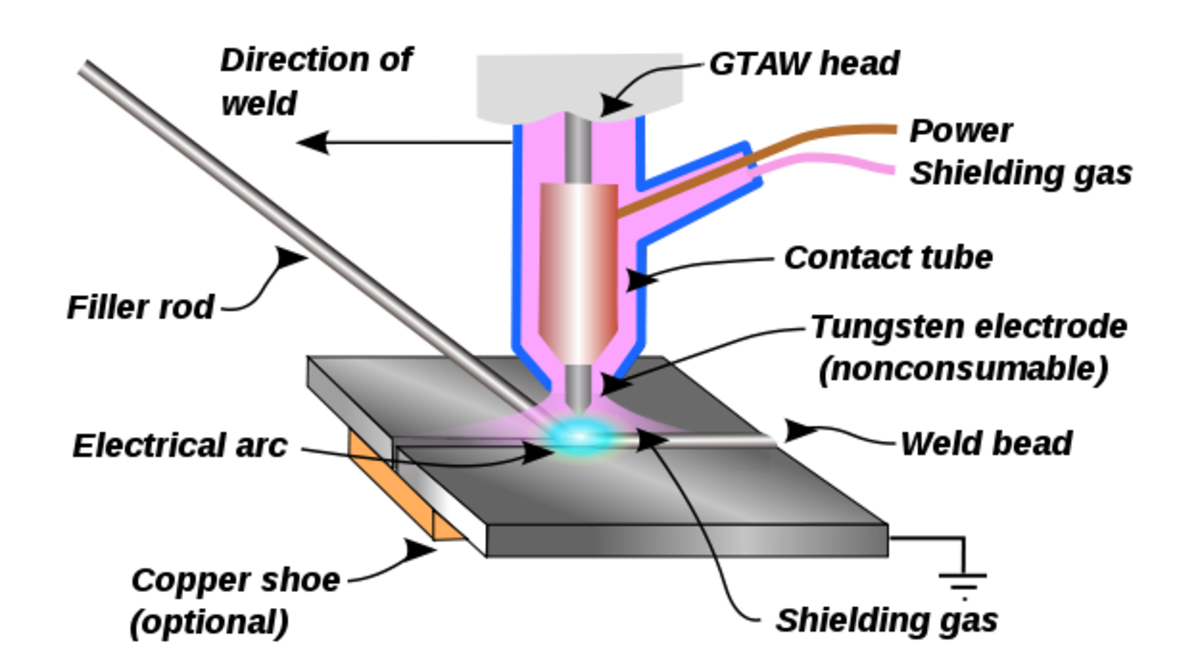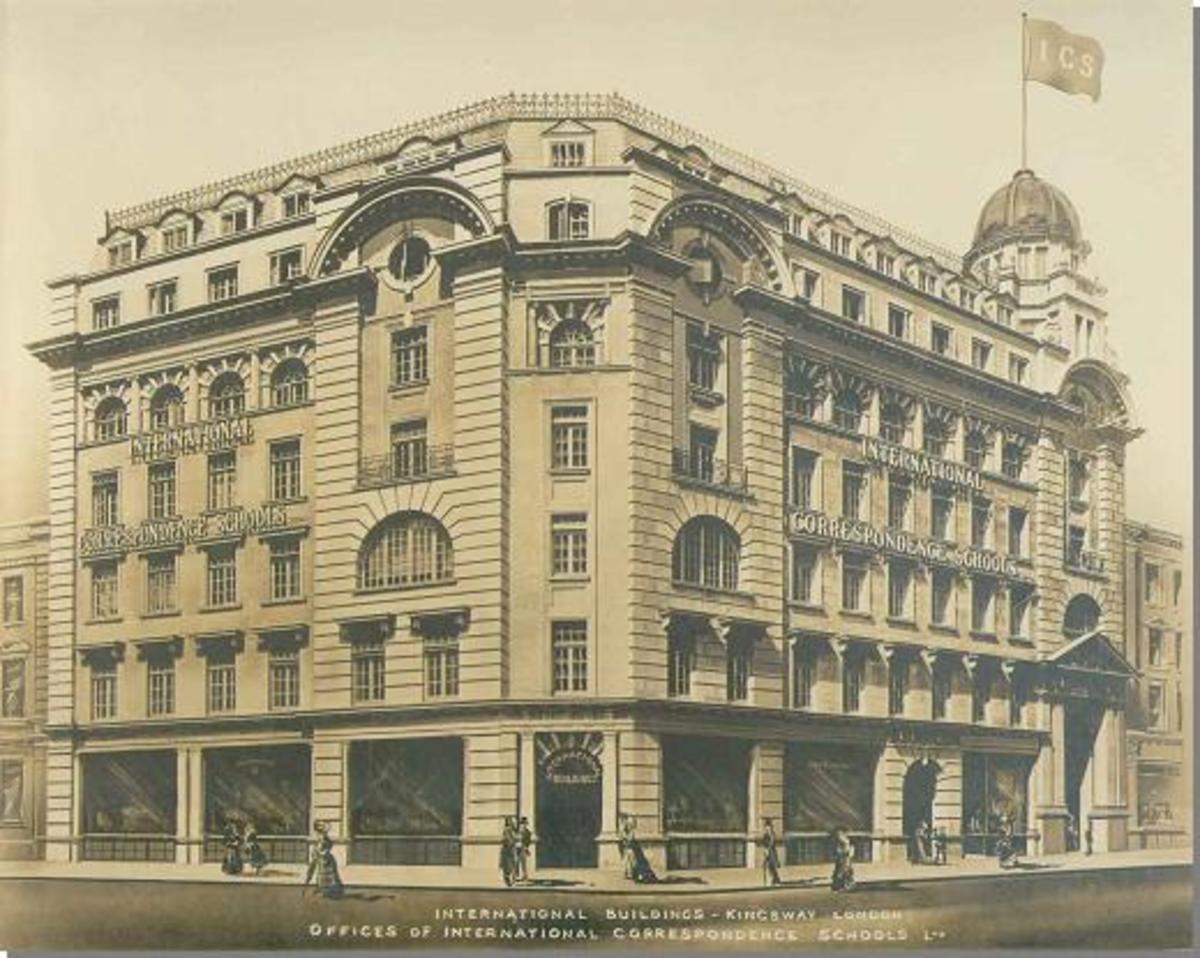Paper Manufacturing Processes and Uses
The Author

Topic Introduction
Paper is of great importance and useful to the world of today and applies in many sectors. High demand of paper has lead to new system of manufacturing it using a machine called foundrinier paper machine which gives more output. This is different from the old system of paper manufacturing where hand is used for making paper. When you make use of hand manufacturing process, a mass of fibrous material is obtained and this passes through mechanical pulping process. Using hand manufacturing process results to porous and rough paper formation. Mechanical paper production process involves waste of energy and time. Instead of passing through mechanical means, the growth in technology has given birth to the new system which is production of paper with machines.
Buy Below Book for Additional Reading:
Real Paper Manufacturing Processes
Real paper manufacturing has a number of procedures. Stock is first prepared before introducing it into the paper machine. Stock in this context is a refined pulp which is derived from either hardwood or softwood. Some important materials or chemicals used in the preparation include water, lime, Calcium and Magnesium carbonate, rosin, alum, Chlorine and other additives. The water used on the stock must be pure so that the color of the paper will not be affected at the end of any production process. Chlorine is a bleaching agent and it is added to bleach the stock in order to achieve white color because most fiber is black or brown in color. Calcium and Magnesium Carbonate are added to harden the water used in stock preparation. Also, the use of lime is to fasten the shortening of fiber.
Manufacturing Paper using the paper machine is new and efficient system of paper production. It enhances appearance and quality of paper. It gives product with high quality and smooth surfaces. Parts of the paper machine include stock-in-let, head box, press selection, dryer section, calendering section and reel.
Pulp is first received in the stock-in-let section before proceeding to other steps. It ensures that fiber is uniformly distributed in the machine. Proper distribution makes processing of pulp easier. When you are on this section, ensure that the pulp is thoroughly mixed to avoid production of low quality paper at the end of the production process.
Head box is constructed to impact pressure on the pulp. It is a pressurized flow box and its function is to distribute stock unto the moving wire in paper machine. Head box affects the quality of the yet to be produced paper and it operates at constant speed.
Press section is made for draining of fiber in the machine. In the other words, the section centers on removal of water from fiber. There are series of press at press section. Consolidation of fiber in order to achieve inter fiber contact is accomplished in it.
There are steam heated cylinders at drying section of the paper machine. At the drying section, there is further removal of water from fiber and inter fiber bonding takes place. Drying section occurs at temperature of about 105 degree Celsius. It occurs between 30 minutes and 1 hour. There is what is called constant rate zone during drying section. It is where rapid loss of moisture from surface of fiber is conducted. Another zone in drying is falling rate zone where there is loss of moisture at very slow rate. The final zone in drying section is bound water zone. It is a zone for loss of capillary water and formation of covalent bond in fiber.
Calendering section in paper machine is carried out after drying section. It is conducted to press dried paper and straighten rough portions of the dried paper. The question may be: how is this carried out? It is achieved by allowing Steel rolls in the paper machine to pass through the surface of the dried paper. The major aim of this section is for smoothing paper surface. In a nutshell, the two principal achievements in this section are:
- Thickness of paper or paper web is reduced;
- Smoothing of the surface of the produced paper. The smoothness is dependent on usefulness of the paper.
Reel is where the manufactured paper is wound and it is the last stage. When paper gets to reel, it is made ready for public use.
Uses of Paper
What are the uses of Paper?
I most times ask myself if there is any place paper is not in use. Can you think of any environment be it schools, offices or any place that use of paper does not apply? The truth is that we cannot do without it. I put this question to you: can you do without paper? Give the answer to yourself in a humble and truthful manner to know if what I wrote is true.
Paper is used in rapping and preserving of foods. There are many roadside sellers of certain foods like fried groundnut and roasted maize. They make use of paper in wrapping these kinds of food instead of nylon. They do not consider nylon in some cases because the foods are always hot. I have bought these foods in many occasions and the sellers wrapped them in papers. Paper is used in preservation of some goods which cannot be preserved through refrigeration or other preservation methods. My people use paper for preserving of cola nuts. These foods shrink when preserved in refrigerators.
I have not in any way seen any office or organizations that do not make use of paper. What is the usefulness of paper in offices or organizations? Paper is used in documenting of many activities that are carried out in many organizations. The names of workers, account information, meeting schedules and other activities are written on paper. When organizations want to inform their members of new election, they convey the information by writing on paper and paste on notice boards. Where do you think organizations describe their end of the year account? I do not think they write on the air when they want to present their end of year account. If an organization deals on goods, they use paper to put down the cost price, selling price, number of goods sold and number of goods remaining in the shop and packing stores.
Paper is used by students and in newspaper production. Students use paper in the form of lecture notes and textbooks. Think of engineering, medical, accountancy, religious and other students from different departments that cannot study without textbooks and lecture notes. Newspaper companies use paper in passing daily news to the masses all over the world and it is not wrong to say that paper creates employment. These companies create jobs for citizen and the citizens earn their living from them.
Paper is used in making of almanac and brochure. The almanac and brochure contains pictures of people and this makes organizations colorful. When brochures are made for a specific event, those whose faces are displaced donate more money if the event is for fund-raising. In fact, I want to truly say that paper has a lot of uses but all cannot be conveyed through this article.






